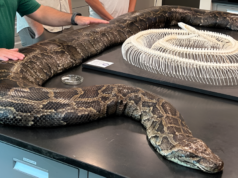
In a recent study published by the British Ecological Society, scientists have projected a grim future for urban greenery in the United States. By 2050, invasive insects are expected to decimate approximately 1.4 million street trees, leading to replacement costs exceeding $900 million. This alarming forecast underscores the pressing need for proactive measures to safeguard urban forests.
The Silent Invaders: Invasive Insects on the Rise
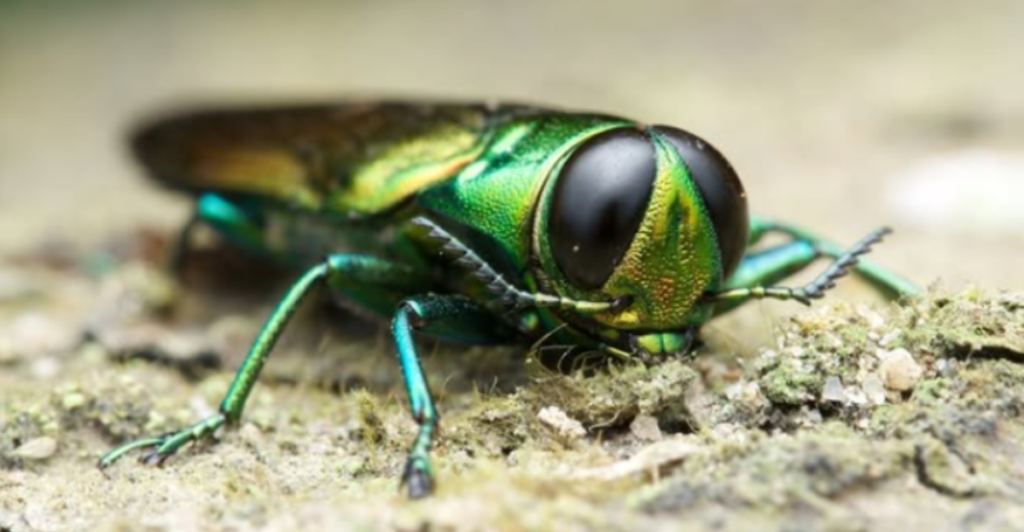
Invasive insect species, often introduced inadvertently through global trade and travel, have found hospitable environments in U.S. urban areas. Lacking natural predators, these pests proliferate rapidly, posing significant threats to native tree populations. Their spread is facilitated by human activities, making urban centers particularly vulnerable to infestations.
Emerald Ash Borer: The Primary Culprit
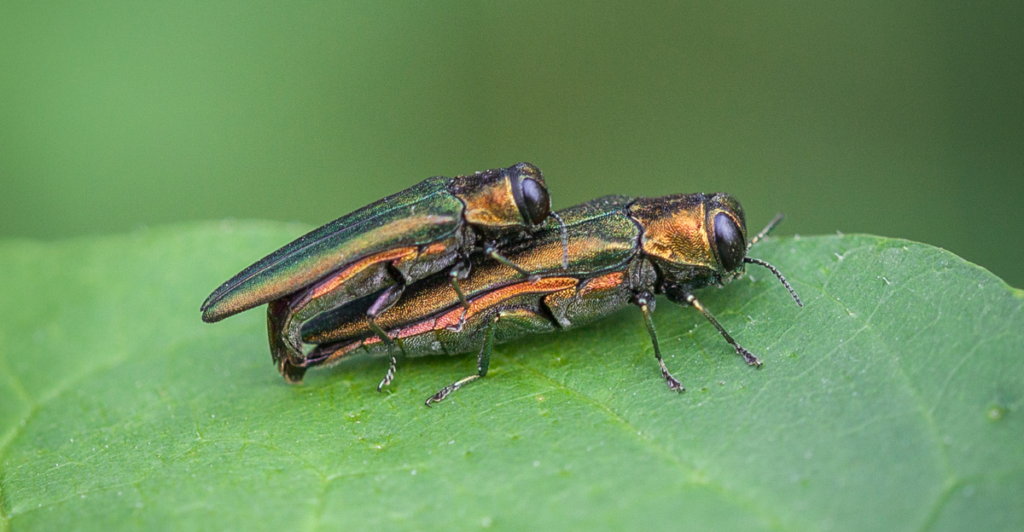
The emerald ash borer (Agrilus planipennis), a metallic green beetle native to Asia, has emerged as the most destructive invasive insect in North America. Since its detection in Michigan in 2002, it has been responsible for the death of millions of ash trees across the continent. The beetle’s larvae feed on the inner bark of ash trees, disrupting the transport of water and nutrients, ultimately leading to the tree’s demise.
Projected Hotspots: Cities at Greatest Risk

The study identifies several urban areas poised to bear the brunt of this arboreal crisis. Cities like New York, Chicago, and Milwaukee, characterized by high densities of ash trees, are expected to experience significant tree mortality. The concentration of a single tree species in these areas amplifies their susceptibility to invasive pests, highlighting the dangers of monoculture in urban planning.
Economic Implications: A Costly Affair

Beyond the ecological impact, the financial burden of replacing the anticipated 1.4 million lost trees is staggering. With replacement costs projected to surpass $900 million, municipalities will face substantial economic strain. This figure does not account for additional expenses related to increased energy consumption, stormwater management, and public health services that trees naturally mitigate.
The Perils of Monoculture in Urban Landscapes
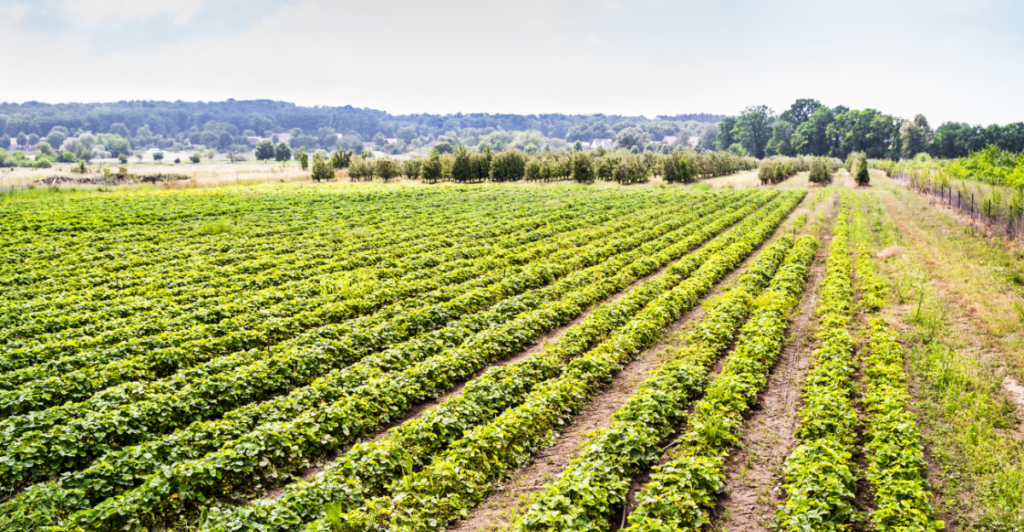
The prevalence of monoculture, planting large numbers of the same tree species, has inadvertently created a fertile ground for invasive insects. When a pest targets a specific species, cities dominated by that species become hotspots for infestation. Diversifying urban tree populations is essential to building resilience against such threats.
Future Threats: The Next Wave of Invaders
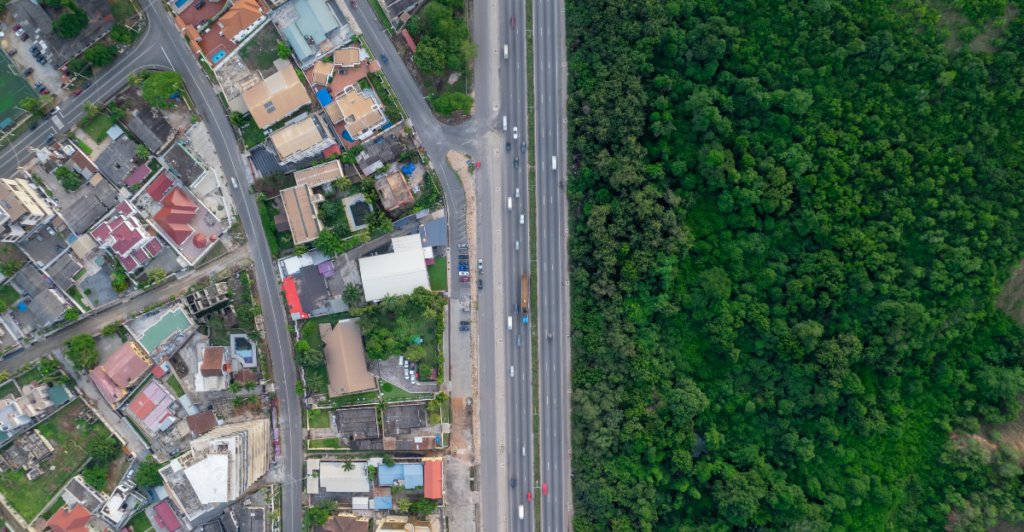
While the emerald ash borer currently dominates headlines, other invasive insects loom on the horizon. Species like the citrus longhorned beetle (Anoplophora chinensis), though not yet established in the U.S., pose significant risks. Their potential introduction could lead to further ecological and economic challenges, emphasizing the need for vigilant biosecurity measures.
Mitigation Strategies: Building Resilience
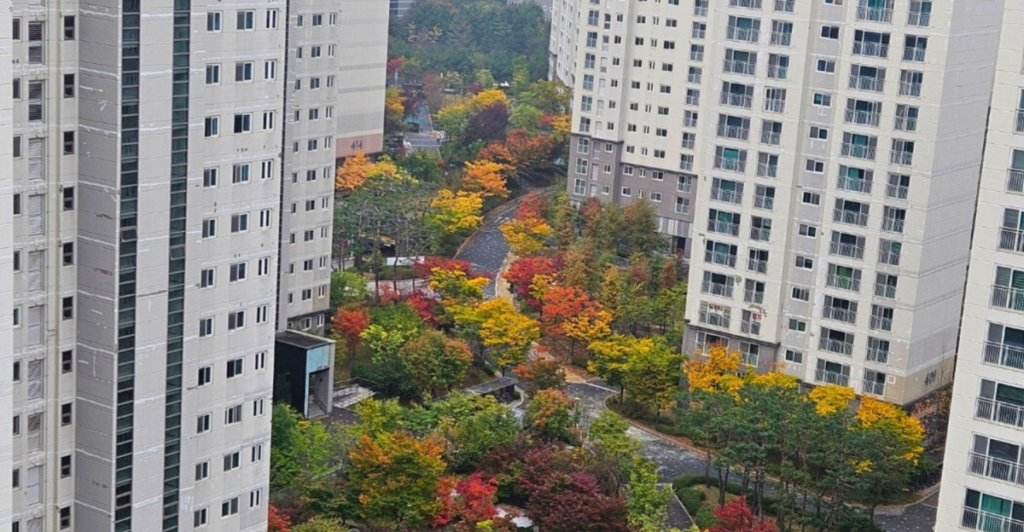
To combat this impending crisis, urban planners and forestry professionals must adopt proactive strategies. Implementing diverse planting schemes, monitoring tree health, and enforcing quarantine measures for wood products are critical steps. Public awareness campaigns can also play a vital role in preventing the spread of invasive species.
The Role of Policy and Legislation
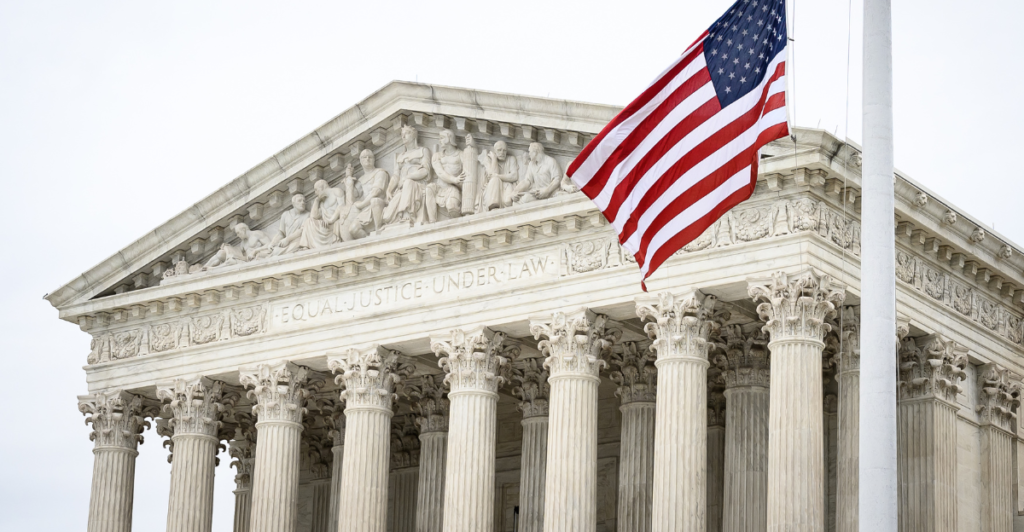
Effective policy frameworks are essential in addressing the threat of invasive insects. Legislation that regulates the importation of plant materials, funds research on pest control, and supports urban forestry initiatives can significantly mitigate risks. Collaboration between federal, state, and local agencies will be key to implementing these policies successfully.
Community Engagement: A Collective Effort
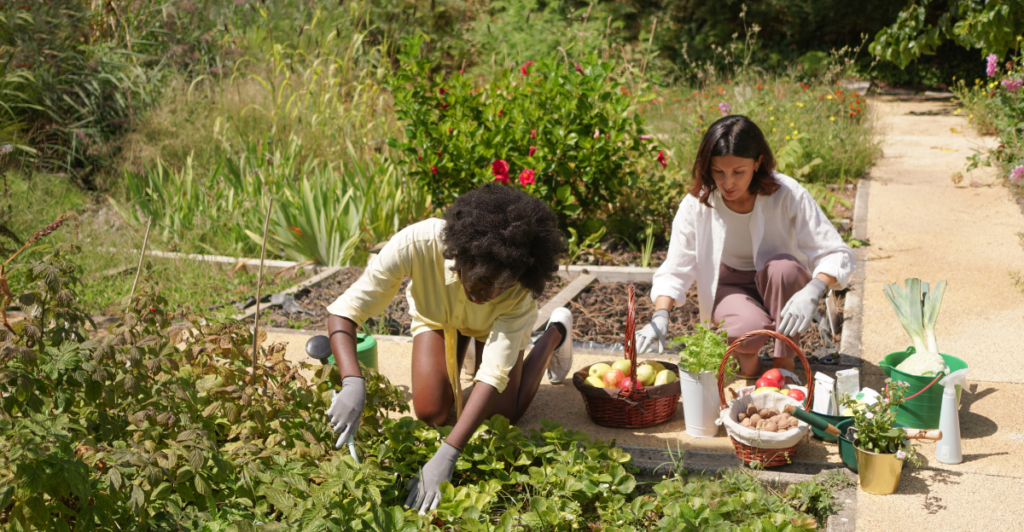
Community involvement is crucial in preserving urban forests. Residents can contribute by participating in tree planting programs, reporting signs of pest infestations, and adhering to guidelines on transporting firewood and other plant materials. Collective action can significantly enhance the effectiveness of mitigation efforts.
The Global Perspective: Lessons from Abroad

The challenges faced by U.S. urban forests are not unique. Countries worldwide grapple with invasive species threatening their ecosystems. International collaboration in research, policy development, and resource sharing can provide valuable insights and bolster global resilience against invasive pests.
Looking Ahead: A Call to Action

The projected loss of 1.4 million street trees by 2050 serves as a stark reminder of the delicate balance within urban ecosystems. It is imperative for stakeholders at all levels to prioritize the health of urban forests. Through informed planning, robust policies, and community engagement, we can work towards a future where urban trees continue to thrive, providing essential benefits for generations to come.
Preserving Urban Canopies
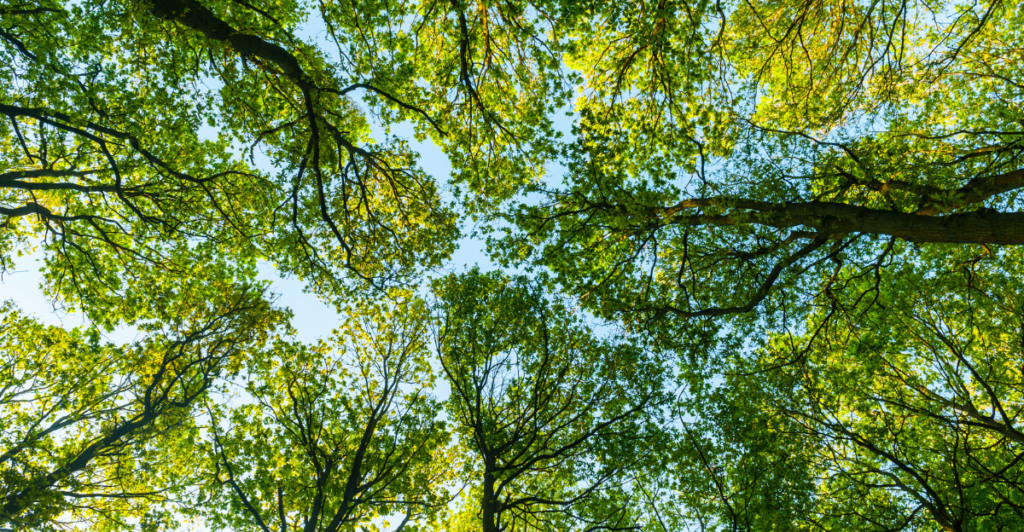
Urban trees are more than mere aesthetic additions; they are vital components of healthy, sustainable cities. The looming threat of invasive insects necessitates immediate and coordinated action. By embracing diversity in urban planting, strengthening biosecurity measures, and fostering community stewardship, we can safeguard our urban canopies against the silent invaders that threaten their existence.
Discover more of our trending stories and follow us to keep them appearing in your feed

Top 8 Most Dangerous Birds in North America – Rulers of the Sky
Grolars Thriving in America – Why the Grizzly-Polar Hybrid Is Proof Nature Can Adapt to Anything
10 Most Expensive Cows Ever Sold – The Cattle Industry’s Elite
Scientists Finally Solve 188-Year-Old Mystery Surrounding the King Cobra
References:
Urban hotspots for invasive insects
Scientists estimate invasive insects will kill 1.4 million US street trees by 2050
Stay connected with us for more stories like this! Follow us to get the latest updates or hit the Follow button at the top of this article, and let us know what you think by leaving your feedback below. We’d love to hear from you!



